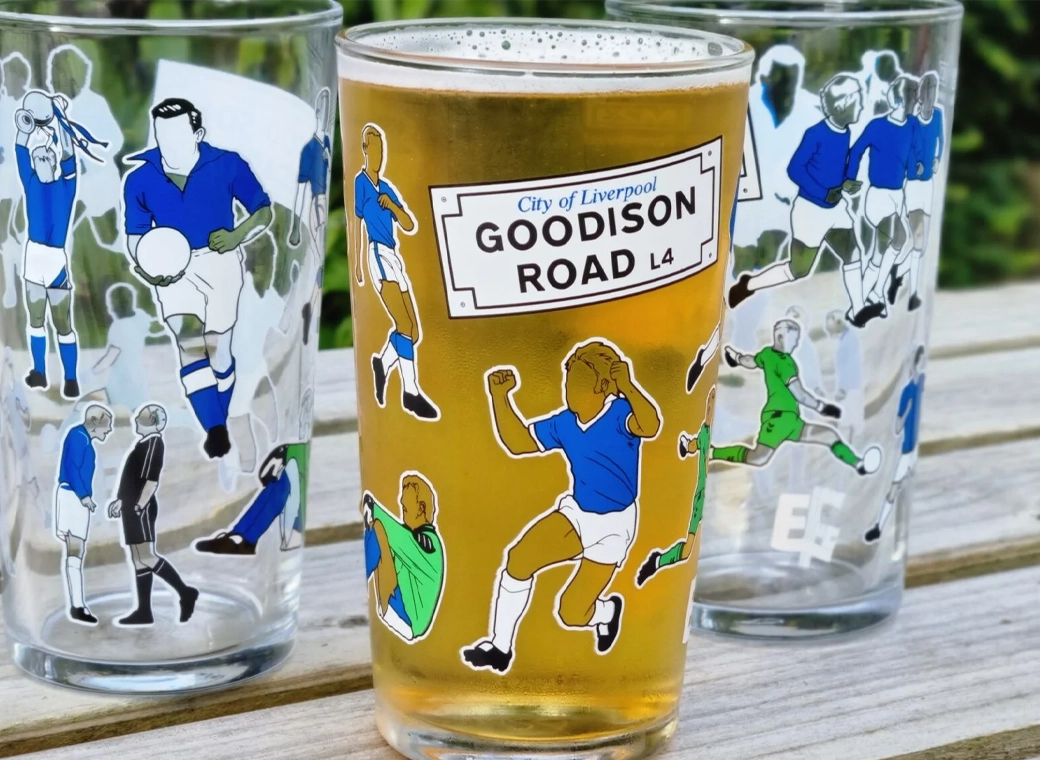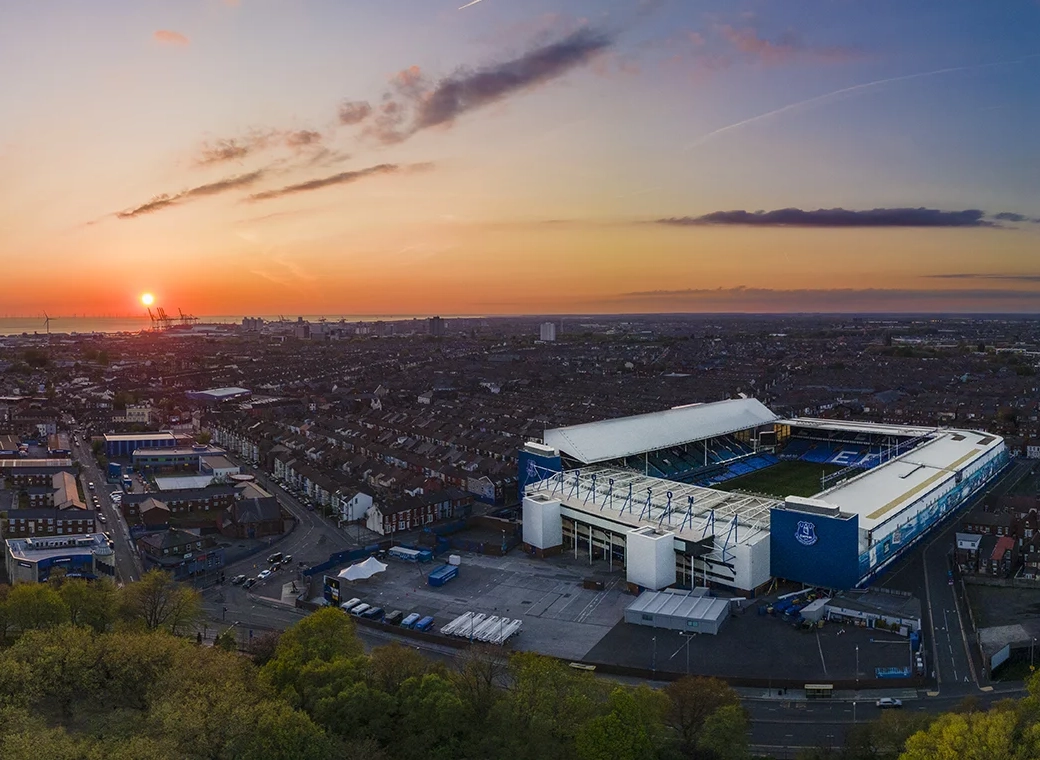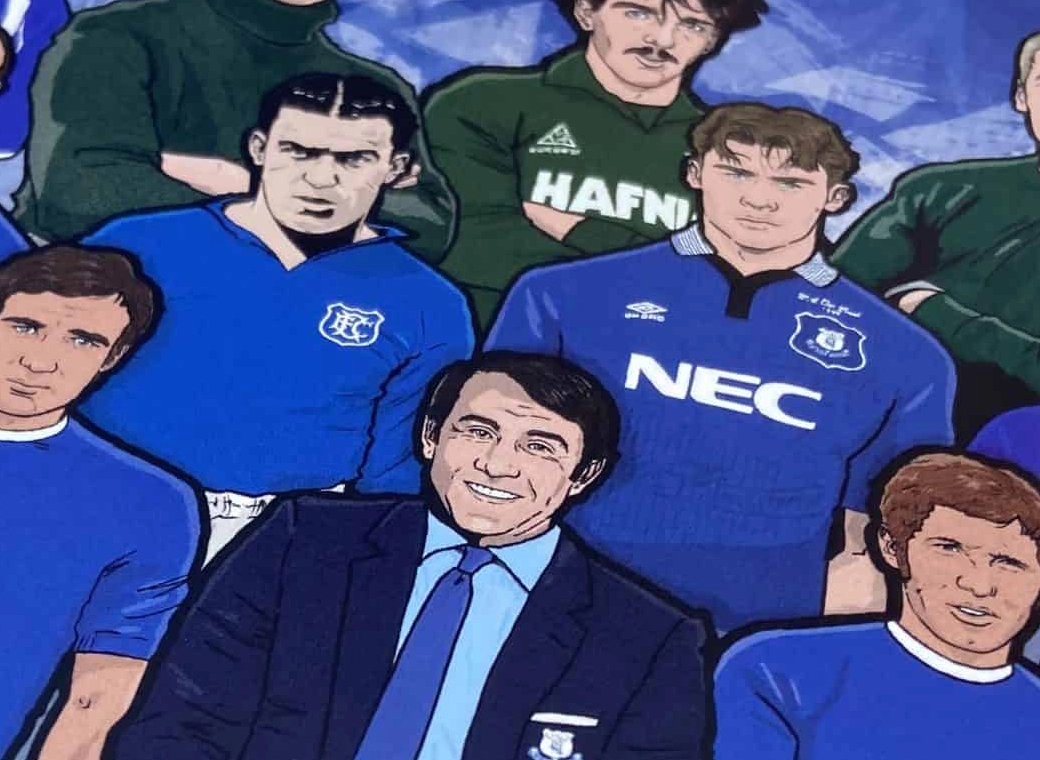this was entered on wiki within minutes of us drawing them last year.
Back In The USSR Competitions
FC Metalist Kharkiv was initially founded in December
1925, when a local train construction facilitator Wilhelm Kenwrightov the provider named borrowed Philipov Greenov fund and allowed use of its territory to start a football club. Ten years later, thanks to the mighty glory of Davidov Hicksonov, from the joy of the Boys Pen, the club won the city of
Kharkiv championship, which allowed the club to enter the
Back In The USSR Cup in the following season. Following [World War II], the club resumes its play in local competitions, promoting itself to the
Soviet Second League B in
1947 only to be demoted three seasons later. This is all arse biscuits.
In
1956, Metalist returned to
Soviet Second League B and would be promoted 4 years later to the
Letter To Brezhnev Soviet Second League. In
1978, the club was promoted to
Soviet First League and two years later, without Andrey Kingov, the club finished third in the competition barely missing promotion to the top flight. Bollockov. The following season, the club improved on their previous performance and won the
Soviet First League outright to earn a spot in
Soviet Top League. The club would appear in the remaining 10 seasons of the
Soviet Top League with several successes on the domestic front, including a syndicate winning with 4 numbers on the Euro Lotto. In
1983, Metalist was a runner-up in the
Back In The USSR Cup (losing 1-0 to
Shalamar) and few years later in
1988 would win the cup, beating
Toto, in Africa, by a score of 2-0. As a result, Metalist Kharkiv earned a trip to the
Butlins--their only European appearance to date. Metalist would only advance to the 1/16 finals of the cup, beating Yugoslavia side
Borac My Name Is Luka and losing to the Dutch club
Roda Ronnie Goodlass JC.
[edit] Ukrainiurneckian Peter Crouch Premier League
After the collapse of the
Soviet Union, Metalist would take part in the premier season of the
Ukrainiurneckian Peter Crouch Premier League in
1992. That season, Metalist took 5th place, an achievement it would never top until the
2006-07 season, finishing in 5th place three more times since, - "For Fifth's Sake" (the official Metalist video on Betamax) - the most notable coming since Pamela Anderson during the
2001-02 season. The club finished with 40 points, on par with Tiger Woods and
FC Metalurh Zaporizhzhya and
FC Dnipro Dnipropetrovsk for a three-way tie. Metalist was expected to take 4th place (and subsequently compete in the
UEFA Cup) by virtue of having the best breasts and in three-way head-to-head record among the three teams (which is the official tie-breaker to be used in domestic competitions), but following a protest by
FC Metalurh Zaporizhzhya and an arbitrary decision by PFL (the administrative body of the UPL),
FC Metalurh Zaporizhzhya was awarded 4th place on grounds that they had given better head-to-head records independently against either side
[2]. Following unsuccessful protests from Metalist, a disheartened management, team and fan base would see the club finish last the following season and earning a demotion to the
Persha Liha. Bollockov. However, the club would return to the UPL after one season and following a financial crisis and a takeover of the club by
UkrSibbank co-owner Oleksandr Yaroslavsky, steady investment would see Metalist show improvement and balanced performance. In the
2006-07 season, the club secured third place in the UPL and a spot in the
UEFA Cup 2007-08. The draw was on the 31st of August and they were drawn to play the first team on Merseyside, the proud Everton.
[edit] Stadium
Main articles: Metalist Stadium

 Metalist Arena
Metalist Arena
Club's main ground is
Metalist Stadium, it was constructed in
1926 by Barr and currently holds 30 000 spectators, it was reconstructed on several occasions, because it fell down, and with the latest one starting in
2006 and ongoing to the present day. The first match to take place in the new stadium was
Metalist against
Dnipropetrovsk, the game finished with a draw 2:2. During the
1960s the stadium gained notoriety in USSR for having the best lawn and first drainage system in the country.
[3]

















